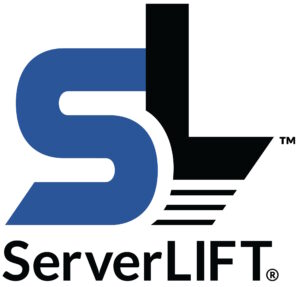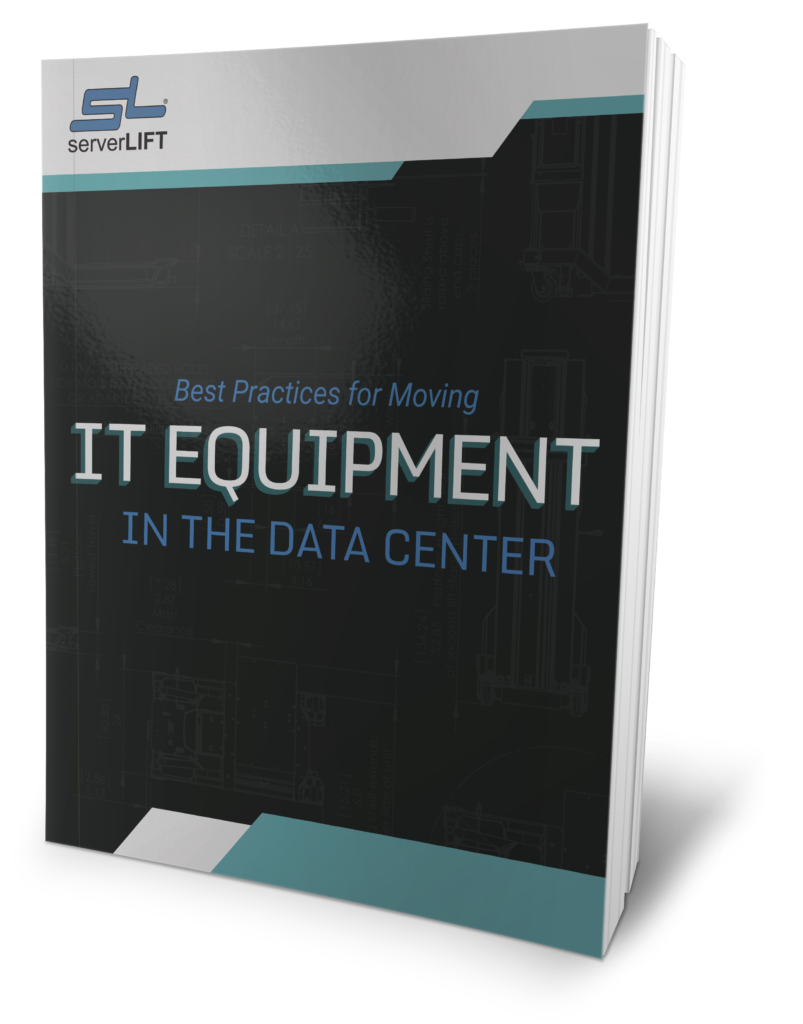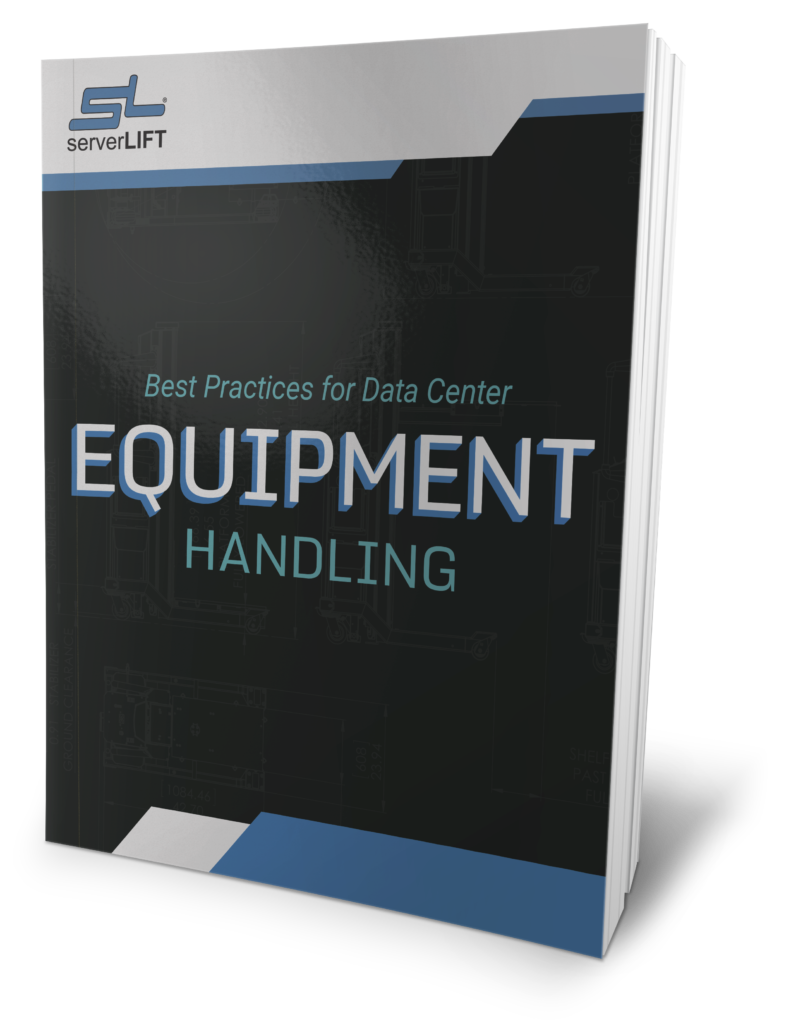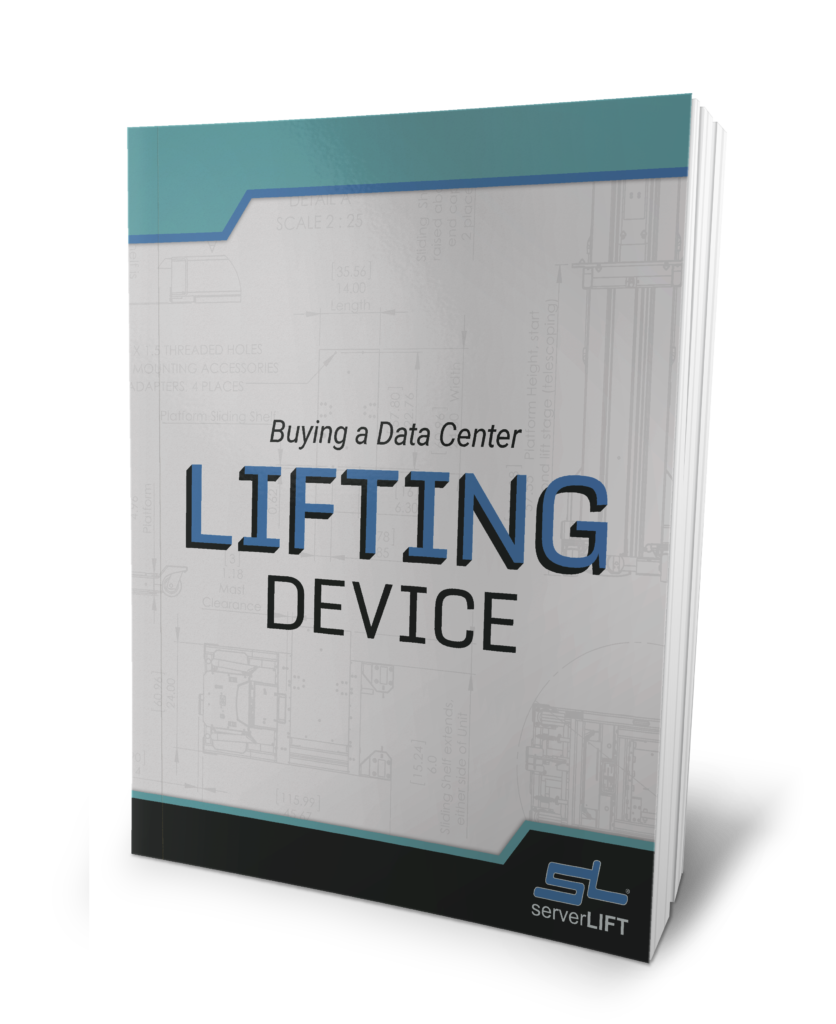Google boasts a major breakthrough in quantum computing with its new Willow chip. The implications are staggering. Google claims that Willow takes about five minutes to perform a computation that would take the average modern supercomputer 10 septillion (1025) years to complete. They say that time span is older than the history of the universe; we’ll have to trust them on the math since our calculators can’t come close to handling that number.
Additionally, Willow appears to reduce the error rate as it uses more qubits, which solves a 30-year-old problem in quantum computing. We’ll talk more about that in a moment, but the implications for future successful quantum computing are astounding.
As exciting as these breakthroughs sound, it’s difficult to actually translate Willow’s results into real-world applications. What does Willow’s accomplishment mean for the tech sector, and for the data centers that will presumably one day support these dazzling new applications?
Industry experts weigh in on how Google Willow will affect data centers.
1. Better Energy Efficiency
Willow is the latest quantum computing advancement that promises to improve data center energy efficiency. This energy efficiency comes primarily from the exponential error reduction gained by scaling up qubits.
Qubits are the building blocks of quantum computers. Normally, they are susceptible to some pitfalls from hardware imperfections, suboptimal environmental conditions (such as heat), and other forms of interference. The more complex traditional quantum computers become, the more errors they introduce.
With Willow, the game has changed. The more qubits Willow uses, the fewer errors it makes in calculations. Extremely complex computations have a lower error rate, rather than the expected higher one. Every time Willow prevents an error from happening, it also prevents energy from being wasted on a result that isn’t helpful—or one that could even require more energy to go back and fix later.
Extrapolate this across all the daily computations done in Google’s data centers and you can see how dramatic the energy efficiency boost could be. Since data centers represent 1 percent of global energy use, Willow could significantly advance Google’s sustainability goals.
2. Higher Processing Capabilities
Willow’s staggering computational speed and power improvement compared to today’s supercomputers pave the way for more complex AI and machine learning tasks that are too cumbersome for most modern equipment. Willow’s powerful processing capabilities can handle more sophisticated AI models and larger-than-ever data sets.
This could lead to advancements in various areas, such as solving previously unsolvable problems, discovering new and promising drugs by modeling molecular reactions, making fusion energy achievable, and improving battery design.
Another practical application that Willow could revolutionize is autonomous vehicle development. Autonomous vehicles process massive data repositories from cameras, sensors, and GPS systems. This is difficult for traditional computing, especially in real-world scenarios when split-second changes in traffic flow occur. With lightning-fast processing speed, Willow could optimize vehicle routes and enhance safety even when conditions change quickly.
3. Sharpened Focus on Quantum Error Correction
The development of Willow means Google is moving closer to building scalable logical qubits, which combine multiple qubits to improve error correction within larger quantum computations. Achieving “below-threshold” error correction—where the error rate stays below a pre-set threshold—is a significant milestone for quantum computing. The real-time error correction demonstrated by Willow is critical for putting quantum computing applications into practice.
Willow’s impressive error correction methods could be used to develop better error reduction systems in the quantum computers used by other data centers, bringing many of Willow’s benefits to non-Google facilities.
4. Potential Trends Toward Supporting Quantum Infrastructure
If Willow’s initial success is a reliable indication of its future potential, Google may start to transition some of its data center infrastructure toward supporting quantum systems alongside its traditional systems.
A hybrid quantum-classical approach would feature quantum processors integrated with traditional servers for a “best-of-both-worlds” result. Quantum computing will not replace classical computing entirely, so data centers will probably optimize for both in the short term.
Facilities that want to adopt Willow need to plan for and implement specialized cooling systems designed for superconducting qubits. Quantum computing requires extraordinarily low temperatures to stabilize quantum components, so cooling systems must be optimal. Data centers will need to adopt new cooling systems designed for quantum computing.
Additionally, data centers will need new network architecture to connect quantum systems with legacy traditional systems. Tasks will be delegated to either quantum or traditional systems based on their computational needs, which means a seamless method of communication between the two will be crucial.
5. New Data Management and Storage Protocols
Data centers will need to optimize data formats and structures for quantum algorithms, and new data retrieval methods could be used to take advantage of quantum parallelism—where numerous computations are completed simultaneously.
These new requirements will require a redesign of Google’s data center architectures and will include new and far more powerful power supplies and distribution hardware to handle the increased energy demands.
Restructuring a data center is a big job, but the right equipment can make all the difference.
Data centers using Willow’s new capabilities face significant changes. New equipment installations, more powerful cooling systems implementation, and architecture redesign means moving a lot of heavy and expensive machinery.
With a server-handling device from ServerLIFT, data centers can tackle the biggest restructuring job safely and efficiently. ServerLIFT® devices all feature safety mechanisms, powerful brakes, adjustable lift platforms, and everything else needed to prevent worker injuries and equipment damage.
Request a quote to get a ServerLIFT data center lift in your facility.










